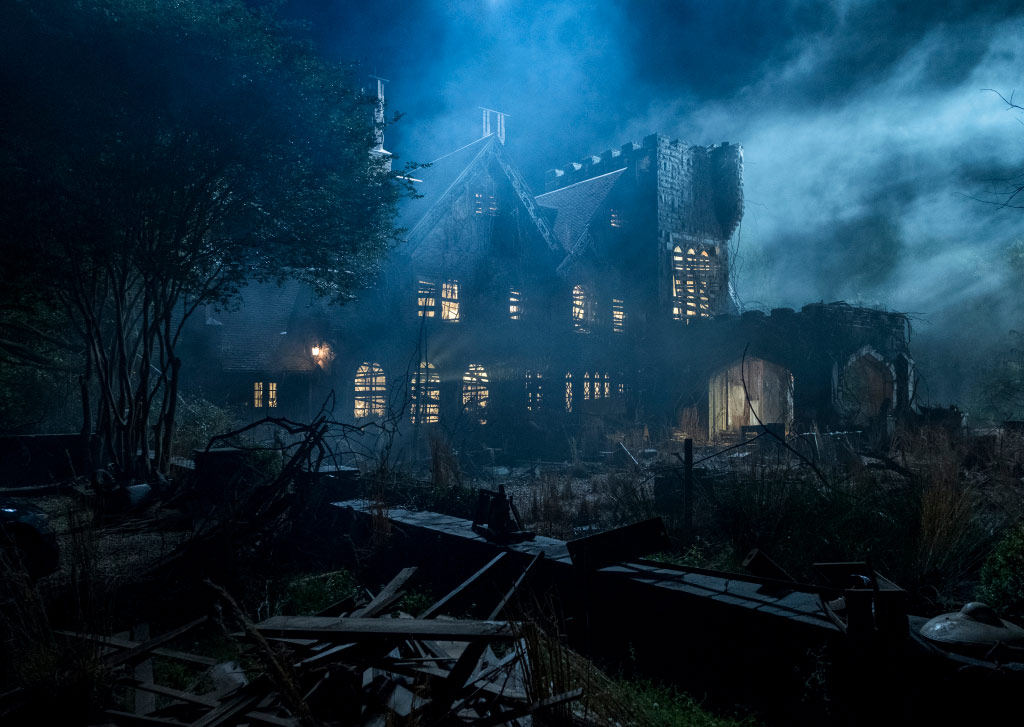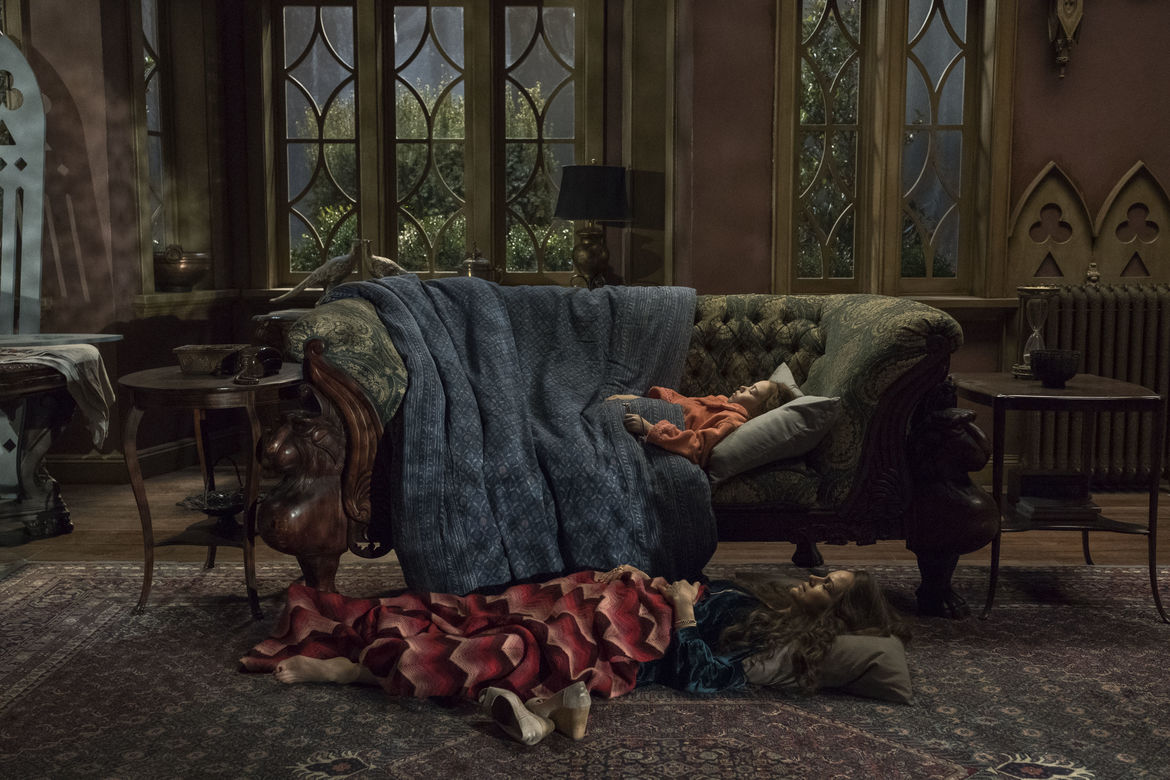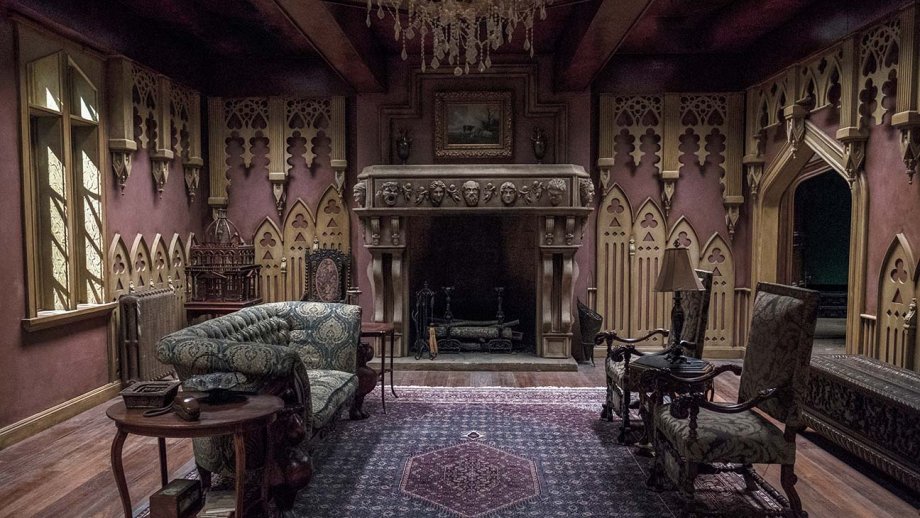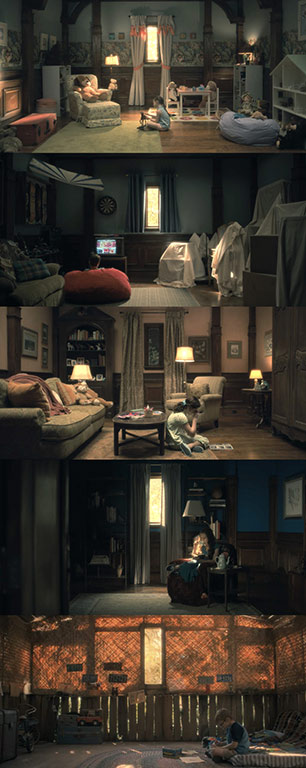The Breathing, Consuming Architecture of Hill House
Netflix’s The Haunting of Hill House traces an invasive and frightening connection between the house’s horrors and those in the minds of its occupants; and yes, also in the minds of its viewers.
Godhashri Srinivasan
Every room in the Hill House is watching you. There are faces are engraved on door handles and hidden amidst the wallpaper patterns. Even the fireplace, set against two large windows, mimics a screaming face. The house’s gaze penetrates deep into the psyche of its occupants – the Crain family. Netflix’s The Haunting of Hill House, the 2018 American horror series loosely based on the 1959 novel of the same name by Shirley Jackson, traces an invasive and frightening connection between the house’s horrors and those in the minds of its occupants – and as we watch the story unfold, we can’t help but find similar connections in our minds.

In the critical 6th episode of the series, ominously titled Two Storms, we alternate between, well, two symbolic storms – one in the past, when the family lived in Hill House and Olivia, the mother, was alive, but rapidly descending into insanity; and one in the present. As the storm in the past worsens, Olivia and Hugh, the father, go about the house securing windows and closing doors while their five children huddle downstairs. When they come back, Nell, the youngest one, is missing. As a search ensues, Olivia’s hallucinations intensify, and the house unravels all around her, its ghosts populate its every room, and the very architecture of the house quickens her decline into insanity.

The house uses a mixture of styles – Victorian, Medieval, Gothic – that, as director Mike Flannagan explained to SFX Magazine, clash and collide to ‘schizophrenic’ effect. The Hill House was built purposefully huge, its rooms designed like puzzles, the house, a labyrinth, as seen in the opening credits of each episode. The sprawling enormity of the house takes centre stage in Two Storms, when Olivia loses her way within her own house, even as she loses her sense of identity within herself.

There is no specific evil in the story, but the house itself – by virtue of how its architecture breathes and consumes – becomes an omniscient wickedness.

If the house is an animal slowly consuming its occupants, the Red Room is its stomach. It is introduced as a room with a red door that has been locked ever since the Hill House was built. Hugh, who flips houses professionally, tries, in vain, to open the room multiple times. But every other Crain, at some point, has unknowingly been in the room. It lures its prey within its walls, becoming a space that comforts them while the house slowly digests them. For Steven, the eldest son, it becomes a game room. For Theodora, the middle child, it becomes a dance room. For Shirley, the eldest daughter, it becomes a family room. For Luke, Nell’s twin, it becomes a tree house, a place where he can literally ‘escape’ to, and for Olivia, ironically, it becomes the reading room, a quiet, calm place.
But for Hugh, it remains locked.
Hugh’s personality is built around fixing things for his family – a trait physically manifested in his choice of occupation. The plot moves along with the strange, poisonous mould spreading from the house’s basement, Hugh’s inability to find its source and his frustration with the Red Room that refuses to open for him. The incompetence he feels grates against his self-image and confidence. The Red Room manipulates the members of the family, and there are tell-tale signs. Every version of the shifting room has a vertical window against the background wall, and a red object. The final episode of the 10-part series sees the siblings return to the Red Room for a final standoff with the house and its ghosts. Cut to the climax scene set in the future, where, *spoiler alert*, Luke celebrates 90 days of sobriety with his siblings and a cake. The cake’s frosting is, you guessed it, red!
Share
